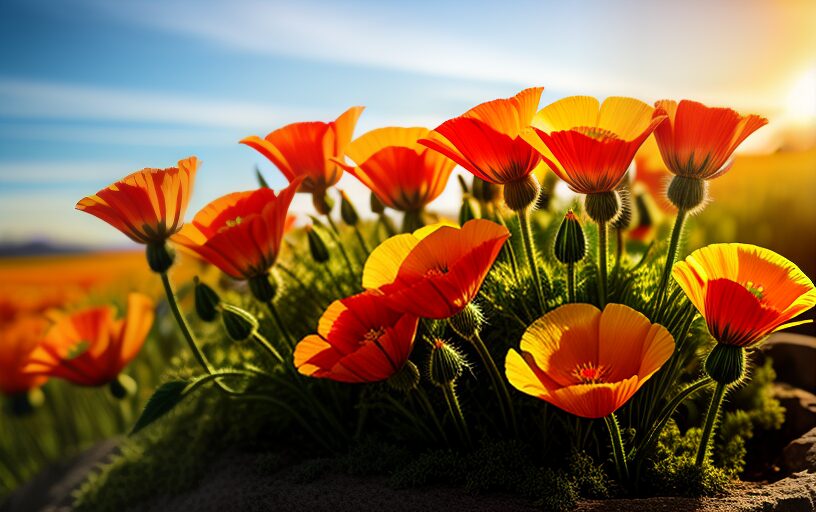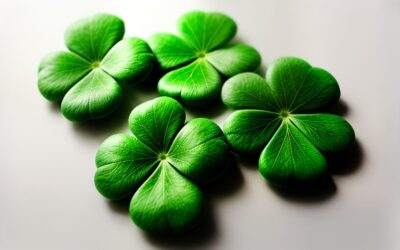Early March marks the start of spring and with that, our favorite flowers start to bloom. Our beloved state flower, the California Poppy is beginning to radiate its sunset-colored pedals. As Spring rears its head, early march marks the start of the poppy season, only lasting until mid-March. California Poppies can be found everywhere from roadsides to personal gardens, but only bloom on sunny days.
Native to the American Southwest, the California Poppy became our state flower in 1903, marking the “fields of gold” that California was known for. Highlighting the many gold mines in California, it was the perfect fit for its looks, but the traits of the flower do California justice too. Drought-resistant, self-seeding, and very resistant to high heat, it has survived the wildfires and droughts that we too have survived.
Known as the “California” poppy, today it is seen across almost every state in America from roadsides to empty lots and artisanal gardens. While they are beautiful to look at, it is not recommended to pluck them. They are in fact not illegal to pluck because they are a state flower, in California, it is only illegal to pluck them from a property you don’t own. The poppy also does not last very long when they are picked, with their beauty comes a lot of sensitivity. Even in the wild they only last about a week, but due to their resilient seeds, they keep growing throughout the spring months.
With the abnormal rainy season and short blooming period, take time to say thank you to the California Poppy. They only show you their beautiful petals on sunny days and you can’t take them home with you. Luckily, they are as tough as we are and still bloom through drought, flood, and wildfires, and keep coming back every year.
More Helpful Articles
Happy St. Patrick’s Day
Celebrated in more countries than any other national holiday, St. Patrick's is one of the most popular national holidays. Historically, the holiday was honored with a feast and parades as the restrictions of lent were lifted to celebrate. Everyone wears green to...
Spring forward!
2023 Daylight Saving Time Sunday, Mar 12, 2023, 2:00 AM to Sunday, Nov 5, 2023, 2:00 AMMore Helpful Articles
What’s a Leap Year?
With winter thawing out as February comes to an end, you might be scratching your head asking, “where did the days go.” They actually are cut short, with 2023 NOT being a leap year, we lose a day. According to the Gregorian calendar, which most of the world has used...






Recent Comments